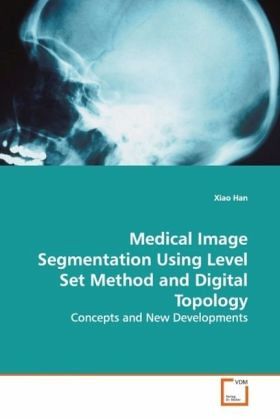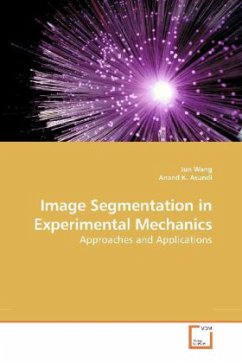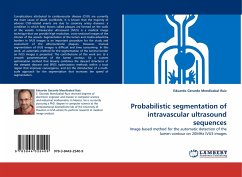
Medical Image Segmentation Using Level Set Method and Digital Topology
Concepts and New Developments
Versandkostenfrei!
Versandfertig in 6-10 Tagen
52,99 €
inkl. MwSt.

PAYBACK Punkte
26 °P sammeln!
Recent developments in medical imaging technologyhave changed the practice of medicine, providingphysicians with powerful, non-invasive methods forstudying the internal anatomy and function of thehuman body. These advances in imaging techniquesoffer both a great opportunity and a tremendouschallenge for the image processing community todevelop new tools to help the analysis andinterpretation of the vast amount of complex medicalimaging data. The work presented in this book ismotivated by the fascinating task of studying thestructural and functional relationship of the humanbrain, with the spec...
Recent developments in medical imaging technology
have changed the practice of medicine, providing
physicians with powerful, non-invasive methods for
studying the internal anatomy and function of the
human body. These advances in imaging techniques
offer both a great opportunity and a tremendous
challenge for the image processing community to
develop new tools to help the analysis and
interpretation of the vast amount of complex medical
imaging data. The work presented in this book is
motivated by the fascinating task of studying the
structural and functional relationship of the human
brain, with the specific aim of developing
geometrically accurate and topologically correct
methods for automatic segmentation of 3D magnetic
resonance brain images. Several new methods are
reported in this book, which should help provide new
insights in understanding the medical image
segmentation problem and the challenges it poses, and
help promote future development in the fields of
image processing, signal processing, computer vision,
and medical imaging.
have changed the practice of medicine, providing
physicians with powerful, non-invasive methods for
studying the internal anatomy and function of the
human body. These advances in imaging techniques
offer both a great opportunity and a tremendous
challenge for the image processing community to
develop new tools to help the analysis and
interpretation of the vast amount of complex medical
imaging data. The work presented in this book is
motivated by the fascinating task of studying the
structural and functional relationship of the human
brain, with the specific aim of developing
geometrically accurate and topologically correct
methods for automatic segmentation of 3D magnetic
resonance brain images. Several new methods are
reported in this book, which should help provide new
insights in understanding the medical image
segmentation problem and the challenges it poses, and
help promote future development in the fields of
image processing, signal processing, computer vision,
and medical imaging.












